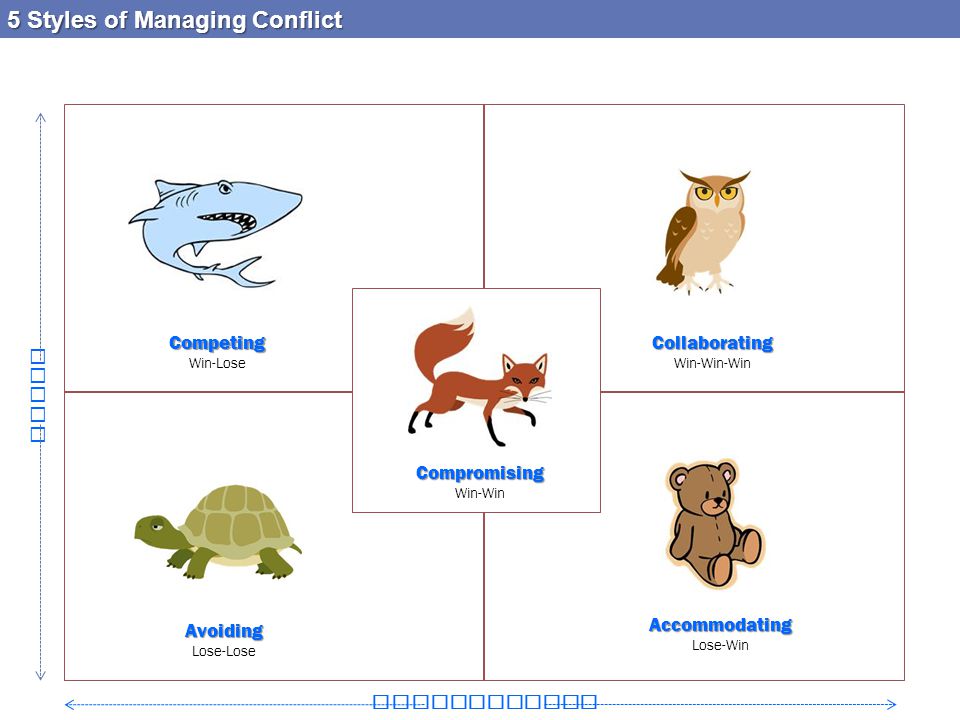Vaibhav has recently completed his graduation and he finds himself perplexed about the corporate world and what it takes to be a meritorious professional. He called his uncle, Sivaranjan, a seasoned corporate professional to help him get acquainted with the roots and shoots of professionalism.
So far they have covered – The myths and realities of professionalism, the power of effective communication skills, the importance of nonverbal communication – body language, power dressing, effective verbal communication, introduction to written communication, email etiquette, the importance of values, how building habits shape our lives, working together can boost our productivity, the power of interpersonal relations in the workplace.
Vaibhav, professionalism is a powerful trait and allows you to live up to the role to the best of your ability. It is not the job you do, it’s how you do the job. It allows you to inspire and encourage others. It is something every individual aspires to inculcate in their lives from day one of their professional journeys. Job jitters are normal, interview fright is normal, and seeking help in that time frame is normal, said Sivaranjan.
You know Vaibhav, our journey is teaching both of us so much about our desired destination. You are preparing to set the right foot in your career, and I am wondering if I can instill these learnings in a book to help many like you, said Sivaranjan.
Yes, uncle, we have come a long way and I have grown an inch taller with all the learnings. I feel when I will walk through the corporate world, I will walk tall because I know I am learning from the best, added Vaibhav.
Always be like a tree, Vaibhav, for “a tree that bears the most fruits always bends low.” If you want to be great, be lowly and meek, said Sivaranjan with a pause.
Beautiful learning yet again and Vaibhav smiled.
When we talk about the corporate world, the scenario is not always happy-chirpy, peaceful, or friendly. There exists competition, and to stay ahead of the competition you have to pitch good ideas and innovative solutions, and it requires human interaction which can bring to the table arguments, debates, and conflicts, said Sivaranjan in a tense voice.
Let’s understand what conflicts are and how they take place.
What Are Workplace Conflicts?

When employees with different backgrounds and priorities work together in any organization, conflict arises. Conflict can be expressed in a variety of ways, including bullying, insults, noncooperation, and anger. Personality clashes and misunderstood communication can all contribute to it, as organizational mismanagement. Workplace conflict can lead to work disruptions, decreased productivity, project failure, absenteeism, turnover, and termination. It can be both a cause and an effect of emotional stress.
A study has identified the human behavior that is responsible for conflicts. “These traits proceed to cause distressing events that impact the safety and well-being of anyone who comes in contact with them. They have an impact on the well-being of coworkers and customers, which affects organizational productivity. The level of impact is determined by the intensity of the dark traits at work as well as the job industry/job role type.
Up until recently, most organizations viewed workplace conflict as entirely negative. However, as it turns out, there is some value in workplace conflict, and it can bring some benefits to a company, such as:
- Employees’ creativity has spiked.
- An open and truthful exchange of ideas.
- Employees compete to improve their skills.
- A challenge to the status quo can lead to innovation.
Vaibhav, everything in life has two facets, and conflicts are no exception. The only thing that needs to be taken care of is to handle or manage the conflict, said Sivaranjan.
As you know Vaibhav, every individual is unique and has their way to face, react to, or tackle a situation. Let’s understand different conflict management styles.
Yes, uncle, let’s set the course, said Vaibhav.
What Are The Conflict Management Styles?

In 1974, two researchers, Kenneth W. Thomas and Ralph H. Kilmann studied employees and their routine workplace conflicts. They were able to observe a pattern of how people resolved the conflict over time; most methods could be distilled down to five core methods. The Thomas Kilmann Conflict Mode Instrument and the Thomas Kilmann Conflict Resolution Model were built on these five options.
Vaibhav, you must have seen that every individual has a different approach to a given situation. However, have you ever thought about why it happens? We all have different conflict management styles that make us react in any situation. Let’s understand them better with a metaphor – a five-year-old boy came home whining. His mother asked what happened. He said that his classmate hit him after school. Now, there are quite a few ways to tackle the situation.
1. Avoiding
His mother asks him to pick another place to play if something like that happens again. If the same situation arises, the boy chooses to play someplace else. The boy learned this lesson at an early age, and he is conditioned to show a turtle style which means physically and psychologically avoiding conflict and leaving the place without anyone noticing, rather than facing the situation.
2. Competing
His mother asks him to beat the other boy the next time. So, the boy grasped the fact that he had to leave the other person blue and black whenever there was the same situation. Here, he is conditioned to portray the shark style, where the sharks tend to win, no matter who the other person is, they are designed to win the situation.
3. Accommodating
His mother tells him to go and sort things out with the other boy and not to fight with his friends. It is ingrained in the boy’s mind that whenever any such situation will arise, I have to make up with the other person because relationships matter. Here, he is conditioned to impersonate a teddy style, negotiating the issue and attempting to resolve the conflict.
Note: The above three styles are the ancestral styles that we learn from our elders, parents, teachers, or guardians. The next two are the styles that we learn through our experiences, setbacks, and achievements.
4. Compromising
The fox style entails being assertive and cooperative while giving up a lot of ground and gaining a little bit. The expression “A good compromise leaves nobody completely satisfied” is true, however, it is often better than the alternative. It is the style that indulges in bargaining and reaching a conclusion.
5. Collaborating
It is the owl style that implies being high on a task and high on a relationship. They look at conflict as a problem, and if there is a problem, there certainly has to be a solution. They see conflict as an opportunity to acknowledge the problem, strengthen their relationship, and achieve their objective.
These are the five conflict management styles, and if we have to decide upon which one is right or wrong. Well, all of them are right, and all of them are wrong, Vaibhav. However, it is better to be a teddy than a turtle because if you remain a turtle, it will be challenging for people to put their faith and trust in you. People will assume that you will go somewhere else to avoid the situation. It is better to be a shark as they are visible in the system or a teddy as relationship orientation can take you a long way. However, your ultimate motive should be to be an owl. You should put in a conscious effort to become an owl in the system.
I hope you have understood the conflict management styles, Vaibhav. Now, let’s learn to deal with the conflicts at the workplace, said Sivaranjan.
Yes, uncle, you explained the concepts so distinguishingly that they are ingrained in my memory, said Vaibhav.
How To Handle Conflict At Workplace?

Vaibhav, conflicts in organizations are as real as we humans. They can happen at any level of the hierarchy. If you ever find yourself amidst a conflict, and you want to get to its roots, start thinking of what could have gone wrong “on your part.” People are good with playing the blame game, you have to think beyond that and be a bigger person by scrutinizing the matter at hand well, explained Sivaranjan.
You need to see if you have to make any changes on your end. If you played a part (even a smaller part) in the conflict, you have to stand up to it and accept it with humility. You have to find the learning in disguise, and it requires a great length of emotional maturity to handle such situations.
Look at the ‘importance’ factor
If an issue is important enough to spark a conflict, it must be important enough to resolve. People will do whatever it takes to open lines of communication and close positional and/or philosophical gaps if the issue, circumstance, or situation is important enough and there is enough at stake.
Face the conflict
While you can’t always avoid conflicts, the key to conflict resolution is to avoid them whenever possible. By actively seeking out potential areas of conflict and intervening in a just and decisive manner, you can likely prevent certain conflicts from arising. If a conflict does arise, dealing with it quickly will likely reduce its severity. Time spent identifying and comprehending natural tensions will aid in the avoidance of unnecessary conflict.
Understand ‘what’s in it for you’
Before weighing in, it is critical to understand the motivations of others. To avoid conflict, assist those around you in achieving their goals. If you approach conflict from the standpoint of taking the action that will best help others achieve their goals, you will find that few obstacles will stand in your way of resolving conflict.
Look at the conflict as an opportunity
There is amazing potential for teaching or learning opportunities in every conflict. It contains the inherent potential for development and growth in disagreements. When divergent perspectives are handled correctly, they can stimulate learning and innovation in ample ways that our minds cannot even imagine. Smart leaders look at the positive side of every situation.
Vaibhav, you are still in the budding stages of professionalism and should learn from everything you come across in the organization. That’s how you evolve, that’s how you get into good positions, and that’s how you teach your subordinates about facing challenging situations. If the underlying desire is strong enough, turning the other cheek, compromising, forgiveness, compassion, empathy, finding common ground, being an active listener, service above self, and a variety of other approaches will always allow you to be successful in building rapport. When all else fails and it seems impossible to close the positional gaps, resolve the issue by doing the right thing rather than playing favorites, said Sivaranjan.
I will bear these points in mind and keep making my way to being successful, I have understood my role in any conflict. I will always be vigilant and keep these learnings in mind to handle any challenging situation, said Vaibhav.
If you stay true and committed to your work, you will stay out of the hay, said Sivaranjan.
https://smefutures.com/hr-leaders-indian-businesses-handle-workplace-conflicts-among-employees/
http://hyderabad-india-online.com/2012/05/resolving-conflict-workplace-freshers/
https://twignetwork.com/wp-content/uploads/2018/08/What-is-conflict-management.png
https://hbr.org/resources/images/article_assets/2017/07/jul17-24-151890899.jpg
https://www.xebrio.com/wp-content/uploads/2020/03/project-conflict-management.jpg
https://slideplayer.com/slide/3435079/12/images/5/5+Styles+of+Managing+Conflict.jpg
Written By: Jimmy Jain
Edited By: Afreen Fatima
Society of Design Thinking Professionals









